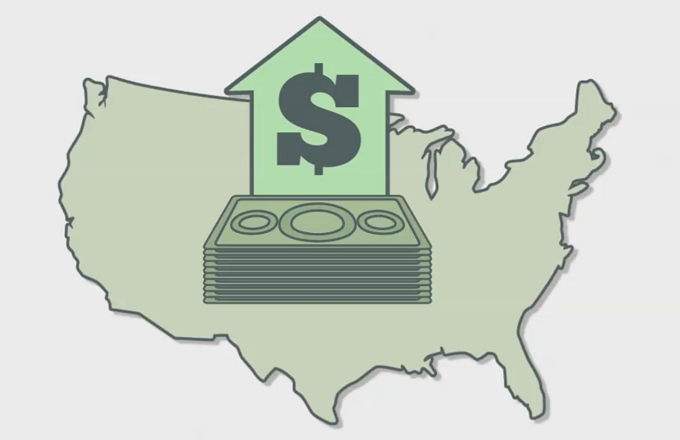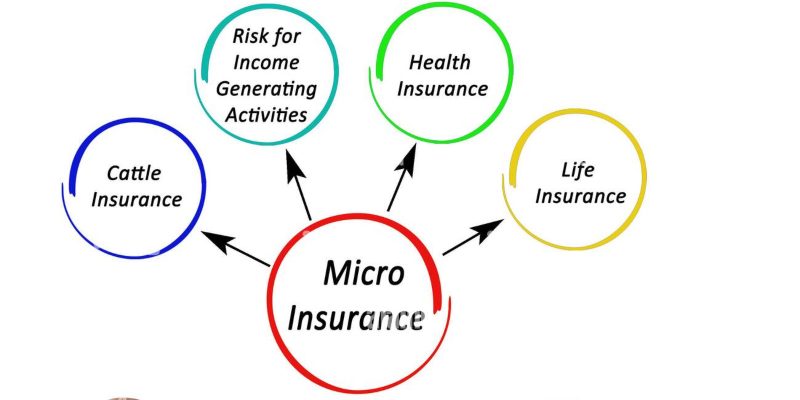A tight monetary policy is a strategy that is taken by a central banking institution like the Federal Reserve to slow down the overheated growth of the economy, limit the amount of money spent in an economy believed to be expanding too fast, or stop inflation when it is increasing too quickly.
A central bank tightens its policy or money supply by increasing short-term interest rates by making policy changes to the discount and federal funds rates. The increase in interest rates raises borrowing costs and significantly reduces its appeal. In addition, tight monetary policies can be carried out by selling assets from the central bank's balance sheet in OMO.
Understanding Tight Monetary Policy
Central banks worldwide employ monetary policy to control certain aspects of the economy. Central banks usually utilize rates like the federal fund rate, their principal instrument for regulating market variables. This rate serves as a base rate in all economies around the world. It is the rate that banks lend to each other. Increased borrowing rates across the economy follow a rise in the rate of federal funding.
Rate increases can make borrowing less attractive because interest payments rise. It impacts all forms of borrowing, such as mortgages, personal loans, and the interest rates for credit cards. A rise in rates makes saving more appealing since savings rates increase when there is a tightening of the policy.
The Fed might also increase reserve requirements for banks that are members to decrease the money supply or carry out open-market operations through the sale of assets, such as U.S. Treasuries, to large investors. The large volume of transactions lowers the value of these assets and boosts their yields, making it more cost-effective for bondholders and savers.
The tight monetary policy differs from but can be synchronized with a strict fiscal policy, which is implemented by legislative bodies and may include increasing taxes or reducing the amount of government spending. When the Fed reduces rates and makes it more favorable to borrow, it's known as monetary ease.
Benefit
In an environment of tightening the policy characterized by tightening, the Fed can also offer Treasuries on the market to take in additional capital in a tighter monetary policy. The effect is that capital is taken out of the market since the Fed absorbs funds from the sale, with the assurance of paying the money back in interest.

In an environment of tightening monetary policy and a decrease in the quantity of money is one factor that could significantly slow down or protect the domestic currency from becoming a victim of inflation. The Fed is often looking to tighten the monetary policy in times of high economic growth. A softer monetary policy environment is the reverse of what it's designed to do. In an atmosphere of ease, the central bank reduces rates to boost economic growth. The lower rates allow people to borrow more money, increasing the quantity of money available.
Several global economies have cut the federal funds rates to zero, and a few global economies are currently in negative rates. Zero and negative rate environments favor the economy by facilitating borrowing. In a very negative rate environment, the borrowers can even receive interest that can result in a significant requirement for credit.
Central Bank
The Fed has two main goals in U.S. monetary policy: maximal job creation and stability of prices. In stabilizing prices, the long-term target for average inflation is at least 2%. If the projected average inflation exceeds 2 percent, the Federal Reserve will likely look to implement a tight monetary policy. If inflation is excessively high, it may result in prices rising faster than wages and erosion of consumer buying power.
Purchasing power is the term used to describe the items and services consumers typically purchase with an amount. If inflation causes prices to rise, you may not be able to purchase the same quantity of products and services you were able to purchase earlier. If you anticipate a rise in inflation, it is possible to purchase more products now to avoid paying more in the future.

To keep up with this kind of rise in the demand for goods, companies will need to increase their production and prices if they cannot create more. This can further increase the price of products and lead to an increase in inflation. In contrast, a low inflation rate, or deflation, is a price decrease, which implies that the prices shortly could be much lower than they are today. If you start to think that prices shortly will be less than current prices, you may delay buying goods, and companies are likely to put off launching new projects for investment. This can slow economic growth. The Fed will then implement an expanding monetary policy. In this scenario, it would lower the interest rate, which means that businesses invest in new projects, and you can spend more.




